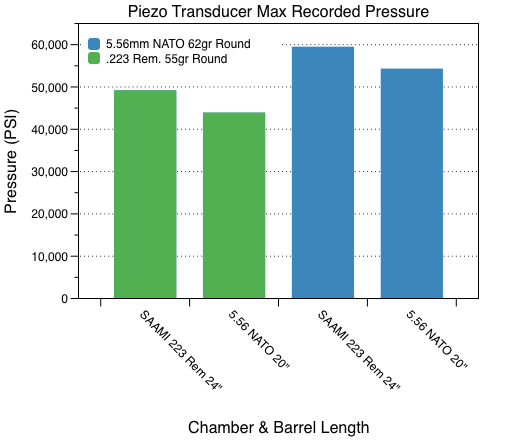Certainly... I run 55gr Hornady VMax's on top of 25gr Accurate 2230 @ 3200fps all day long. Been shooting that load out of a model 10 w/factory barrel for well over 20 years... Very first rifle I cut my teeth hand-loading bottle neck cartridges, and it'll still do MOA or better, no problem.



 Reply With Quote
Reply With Quote






 Think I'll stick to listening to someone who has actually checked the freebore on hundreds of Savage .223 barrels over the last 20+ years.
Think I'll stick to listening to someone who has actually checked the freebore on hundreds of Savage .223 barrels over the last 20+ years.

Bookmarks